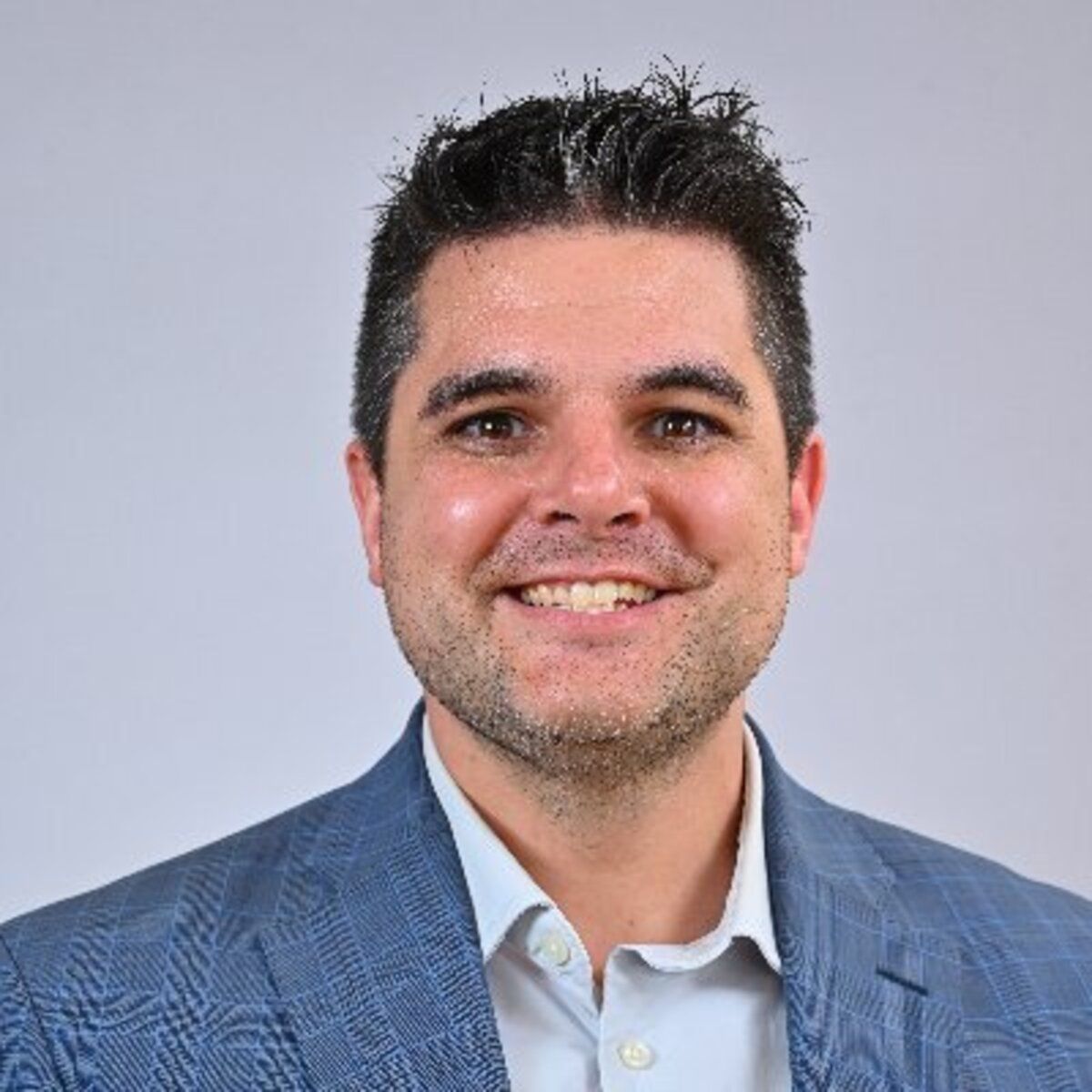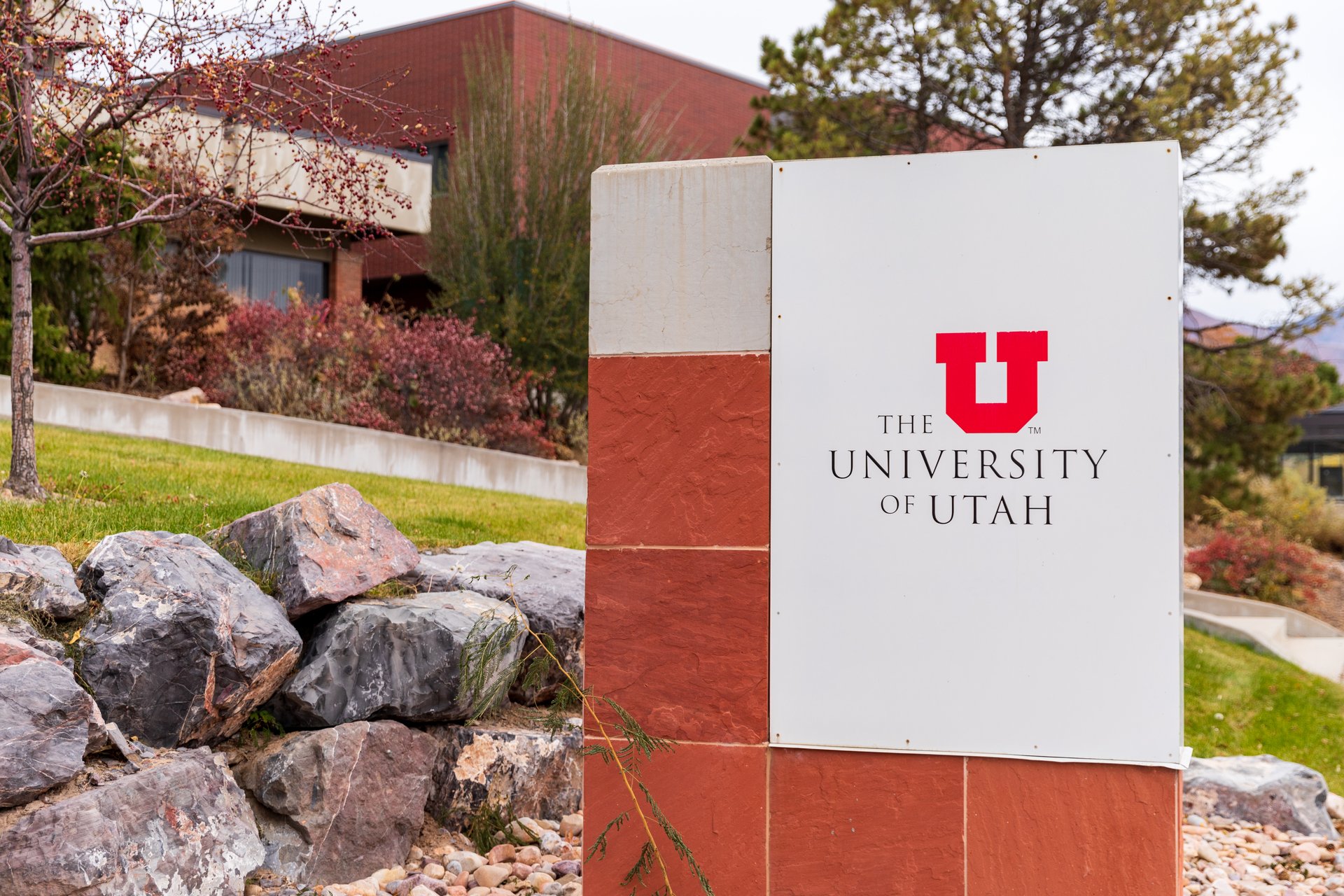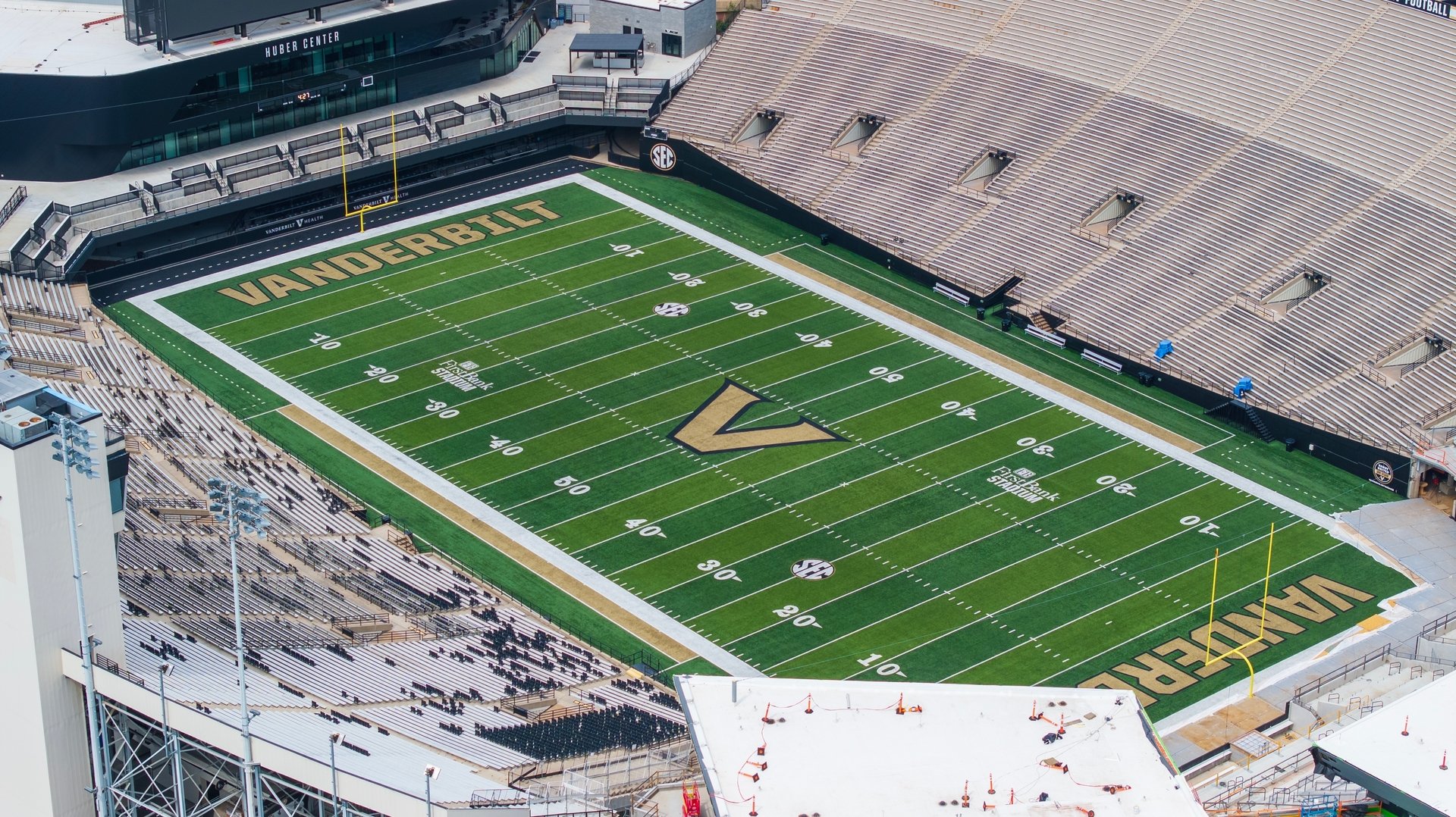Good morning, and thanks for spending part of your day with Extra Points.
I am currently in Atlanta, as I’m told there will be a college football game later this evening of some importance. I’ve spent the last few days talking to conference leaders, industry professionals, my reporter pals, and even fans, to get a handle on what’s going on with the biggest spectacle of the college football season…the National Championship.
I’ll have coverage of the game in tomorrow’s newsletter. But beyond the press conferences with Ohio State and Notre Dame players and coaches, another important meeting was going on elsewhere in the city.
On Saturday, college athlete advocacy group Athletes.org hosted their first Player’s Only Meeting, a gathering of several dozen current and former college football players to discuss pressing issues in college athletes, including athlete organization.
Since college football players are not, at least right of this second, legally classified as employees, they do not have a formal union that can engage in collective bargaining. Various other groups have attempted to organize college athletes, but Athletes.org is believed to the entity with the largest number of engaged current athletes.
Is that enough to act as a union, or at least, a proto-union? No. While the Player’s Only Meeting may very well have served as the largest gathering of current college football players across multiple schools, the group doesn’t currently represent anywhere close to a majority of current athletes. While it may potentially become a union, or a trade association, or a similar organization, it isn’t there yet.
But after speaking with many of the athletes and staffers at the event, I don’t think that’s the point.
For one, it isn’t even immediately clear if there’s majority support even among the 50ish athletes who attended the event for employee status. When asked at the athlete press conference if he supported formal employee status, UCLA football player KJ Wallace repeatedly said “it’s too late”, while declining to explicitly state anything about legal classification. I took this to mean that Wallace believed that he, and his fellow athletes, were certainly being treated like employees.
Which is something AO Chairman Jim Cavale added. ““It’s not, ‘Do the athletes want to be employees…it’s how they’re treated.”
Another athlete added that while he and his peers didn’t always agree on every issue they discussed over the weekend, “we did agree that we want a union to be able to voice our feelings.”
There are a lot of decisions being made, after all, about athletes, but without athletes in the room.
AO staffers, and many of the football players that I spoke with, emphasized that the point of these conversations were not to haggle over the finer points of labor law, or even to decide on the preferred political or legal strategy. Instead, this was a chance for football players to better understand the major issues in the sport, talk about them, athlete to athlete, and better understand what they want and how they feel.
What are some of those issues?
Great question. I’ll tell you, right after this, from today’s sponsor:
Score big on a daily basis with Locked On newsletters
Our NBA newsletter delivers only the latest news for all things basketball.
Receive exclusive game day insights and fantasy tips to level up your game.
Stay connected to team updates and analysis without the fluff - 100% free.
One was the transfer portal, a situation that Colorado lineman Kardell Thomas described as “not all the way good, not all the way bad.” Every athlete on stage disagreed with the recent proposal from the AFCA suggesting the transfer portal be limited to a single, 10-day window, laughing at the idea that ten days is enough time for athletes to make an educated decision, especially, as a few players points out, athletes sometimes are essentially forced into the portal by the coaches.
Other issues on the agenda included athlete compensation (should athletes who make deep playoff runs earn more guaranteed revenue than those who only play the regular season? If coaches get bonuses for academic achievement, should players as well?), roster limits imposed by the House settlement (what happens to walk-ons?), health care, regulations around practice time and length, and more.
Participating athletes came from multiple P4 schools, like UCLA, Baylor, Colorado, and North Carolina, as well as G5 schools like Boise State. Several former college football players, like LenDale White, Johnny Manziel and Sean Clifford, also spoke, along with various other corporate partners.
Okay, Matt, this isn’t the AP. You can say what you actually think about all of this. So…what do you think?
I’ve got a few big thoughts.
First, I understand the impulse to look at this event, and perhaps others like it, predominantly through an “is this a union yet” perspective. I personally don’t think that is the most important question here. The athlete organization space is still just taking baby steps. Many of the athletes in attendance emphasized that while they feel strongly about wanting a voice, and about having a desire to improve some aspects of their experience, they’re also still learning, debating and discussing. A few players mentioned that before the Player’s Only meeting, they legitimately didn’t know how athletes at other schools felt about some of this stuff.
Second, while I do not want to be in the business of infantilizing athletes, I think Brandon Copeland, AO’s executive director, made a good point that I’ll paraphrase here. Many of my colleagues in the press think and write about labor issues, labor law and college sports finance on a near daily basis. The football players on that stage or in various conference rooms at the event do not. They’re trying to figure out how they feel about things and how they want to act, which is what young people are supposed to be doing.
I don’t generally think of myself as a particularly intimidating person. I’m not tall or especially physically imposing, and my personality is probably closer to "Nick Jr. Host” than “Bulldog asshole reporter.” I’m a dad, in every definition of that term. I probably make less money than many of the athletes on that stage.
But because of my expertise and the perception of my power and influence, me (as a reporter) can be intimidating to many college students. Being 6’3 and super fast doesn’t, after all, make a 20-year-old not a 20-year-old.
I mention this to say that I want to try to give college students a measure of grace in how they decide to approach these organizational and informational efforts. I should not expect 20-year-olds to think or act like a 37-year-old with very different life and professional experiences should act. I have never had their job or participated in their workplace like they have.
Honestly, I do not have many strongly held opinions about various organizing tactics, or the merits of one organization or another. The one thing I personally do believe is that decisions that impact athletes should include athletes. I can’t sit here and say what football players should or shouldn’t want. That’s a question for the football players to figure out.
That process starts with football players talking to other football players….at peer schools, big schools, small schools, whatever. Once you decide what’s important to you, then you can move to the tactics phase.
Was Saturday the first step towards a massive labor movement? I have no idea. But I feel confident that nothing changes without the athletes having these tough conversations.
It isn’t hard for me to call up an athletic director, conference commissioner, lawyer, or other Serious Person In A Suit and asking them what they think about athlete compensation or freedom of movement. I can find a coach to tell me what they think about practice schedules. I’ll keep doing that.
But it isn’t every day we get to stick a mic in the face of football players and ask them what they think about this stuff.
I hope, and not just as a selfish reporter, that we get that chance more often.
If you enjoy this newsletter, you may enjoy this other newsletter, on other interesting stories at the intersection of sports and business:
As for me, I’m going to do some more Serious Professional Sports Reporting this morning, and then check out a big football game. Can’t wait to tell you all about it.


















